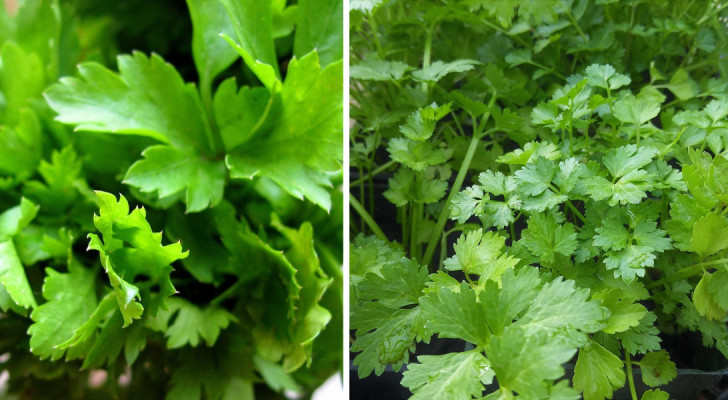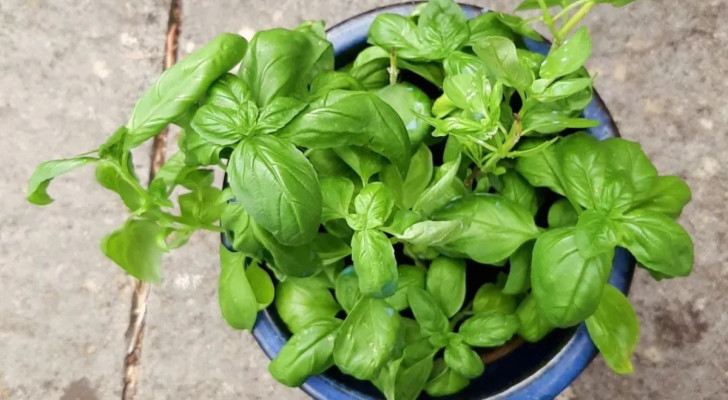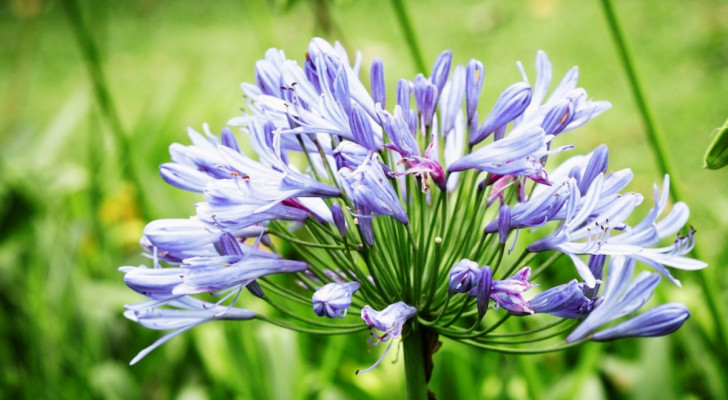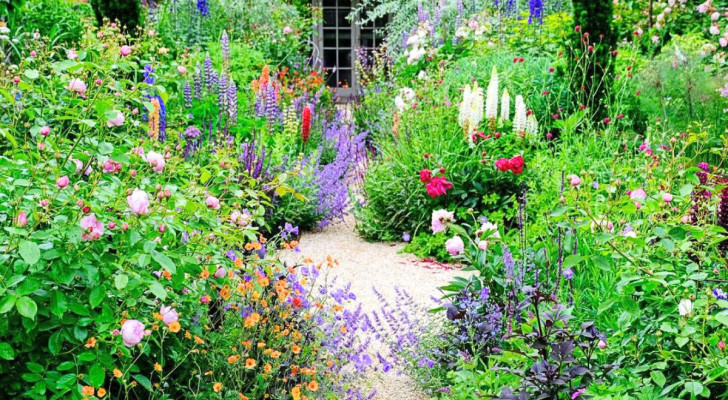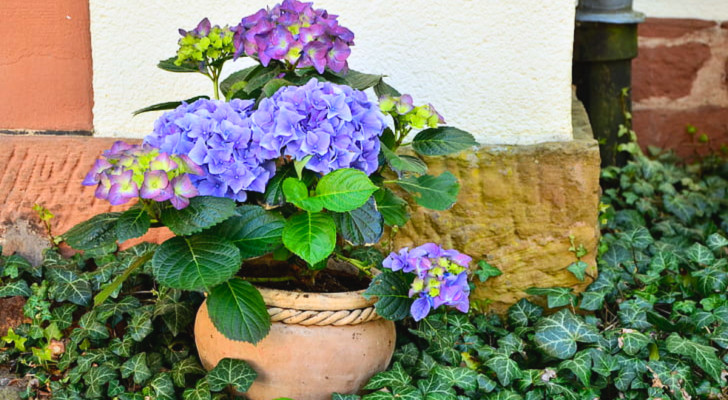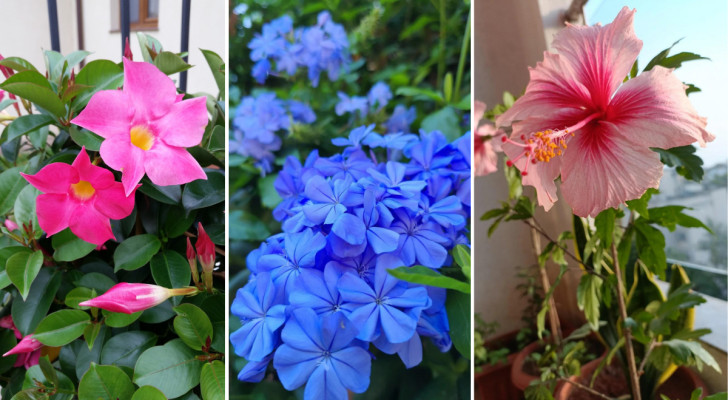Don't have time to water the garden? Choose these beautiful, low-maintenance plants
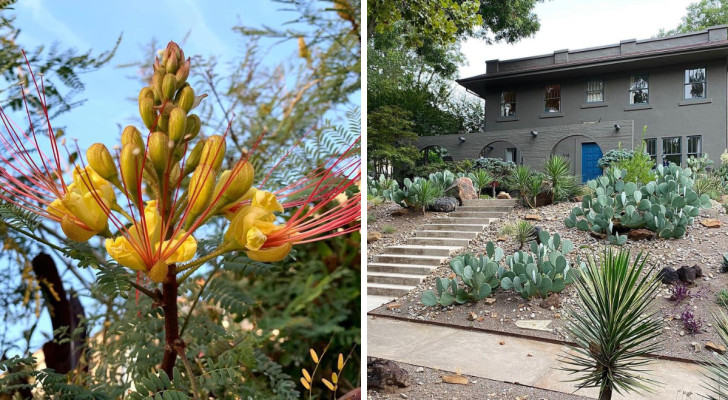
In modern times, water has become a scarce resource. And when it comes to the garden, watering can be a challenge if you don't have time and/or a scarce water supply. So, what can be don about this? Well, you might consider getting so-called "self-sufficient" plants that require very little maintenance (including watering). Check out your options below:
Indominable cacti
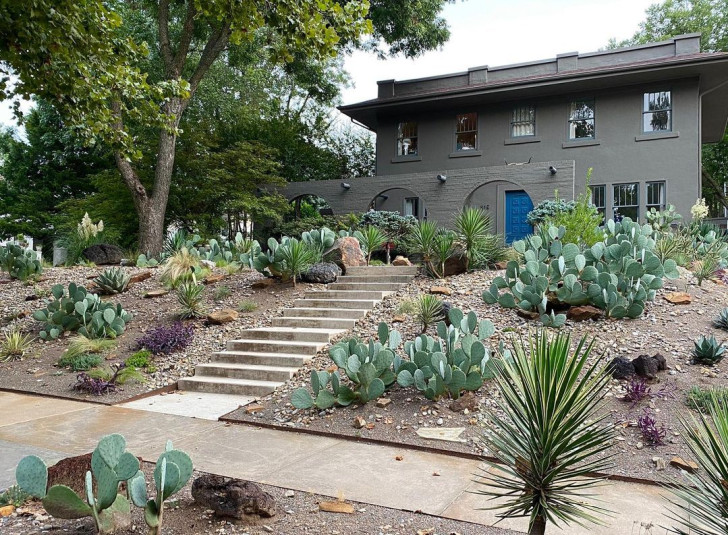
The most famous species of cacti is the Opuntia, ie. cacti with round, flat, large leaves, covered with thorns and which produce beautiful flowers and edible fruit (prickly pears). Increasing popular, these leathery, natural "sculptures" are beautiful to look at and require very little care.
Rosemary-mint, or Mexican oregano (Poliomintha)
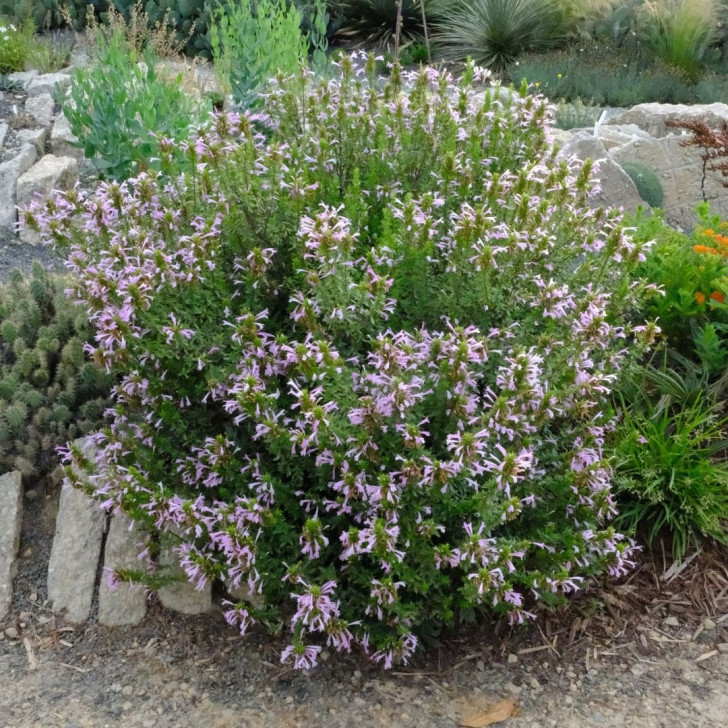
Poliomintha is a plant also known as rosemary-mint or Mexican oregano. It is an aromatic herbaceous perennial, native to Mexico and produces beautiful, pink flowers. It can withstand cold temperatures as low as -5°C and its leaves - fresh or dried - can be used to flavor many different dishes with their peppery flavor.
Malephora lutea
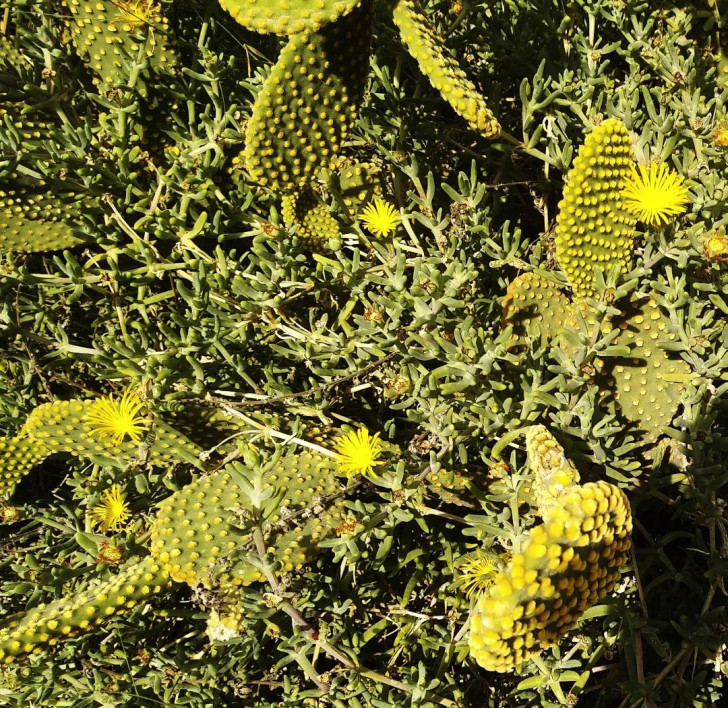
The Malephora lutea (aka Yellow Ice Plant) is often found growing amongst cacti (as shown here). This is an evergreen, ground cover plant with fleshy, bluish-green foliage. It is perfect to use as a ground cover in flower beds with other succulents that need lots of sun and not much water. In spring, it produces yellow flowers that look like daisies, which last until July/August, and bloom again in the autumn!
Yucca rostrata
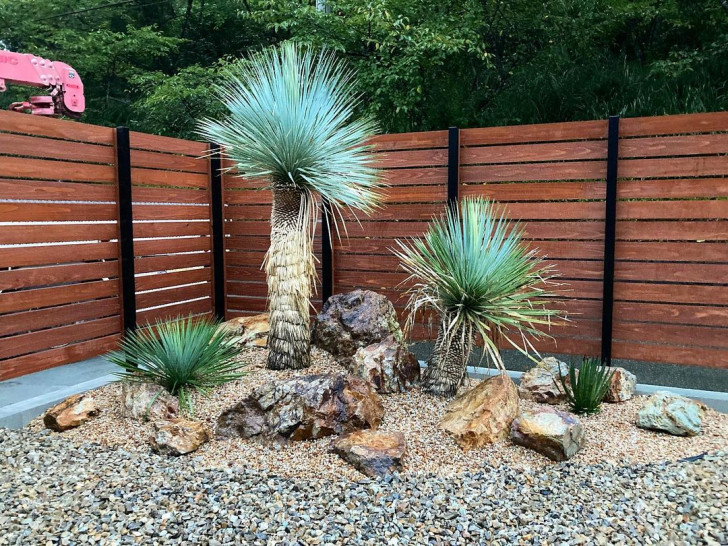
Also known as the "beaked yucca", this is a very popular semi-succulent shrub, with pointed, sharp leaves. It is perfect for having a tall element in the background of flowerbeds in desert-themed garden. Tolerant of high temperatures, it should not exposed to temperatures that frequently drop below 10°C.
Yellow yucca (Hesperaloe funifera)

A slightly less well-known species of yucca is the Hesperaloe funifera, also called the "yellow yucca" due to the color of its buds (which later open up into beautiful, creamy-white flowers). The yellow yucca is related to the aloe, and this can be seen in the flowers. This plant prefers poor or moderately fertile, well-draining soil and can resist occassional frosts and/or temperature dips as low as -10°C.
Echinacea
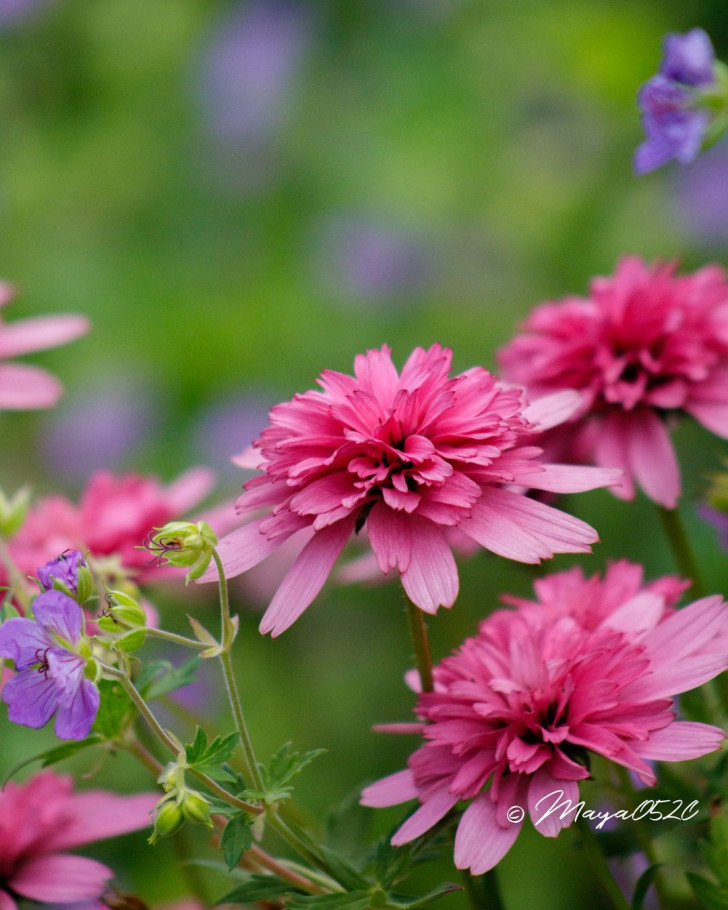
A much-beloved plant, the echinacea is truly popular due to its beauty and resilience. There are many varieties available, including those with double flowers: a plant for all tastes!
Sophora secundiflora
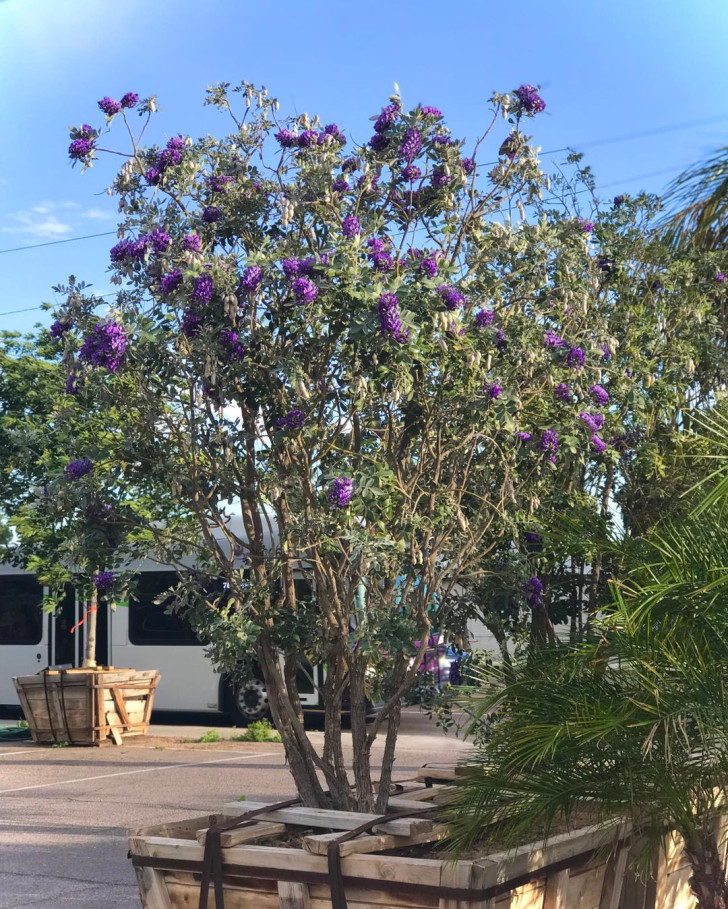
In Texas, this plant is known as the "mountain laurel". It is basically a small tree, which is highly drought-resitant. It produces fragrant, purple flowers in spring, and is used extensively for "xeriscaping" (ie. landscaping or gardening that reduces or eliminates the need for irrigation) and/or in regions where it seldom rains.
Oenothera macrocarpa
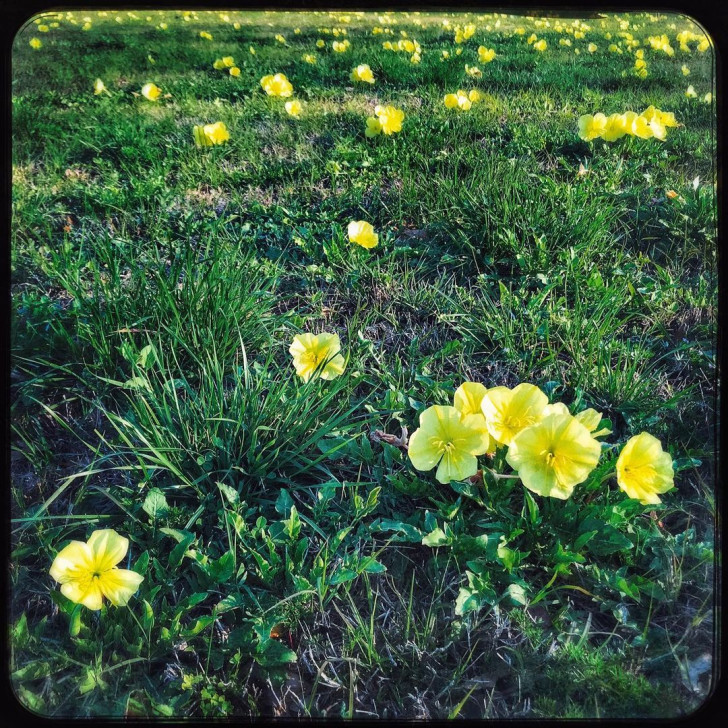
@tatyanabessmertnaya/Instagram
This plant looks like a primrose, but it's not. Oenothera macrocarpa (aka Missouri Evening primrose) is a very robust plant and can take care of itself once it has bedded in. It blooms from late spring to autum and make for a great ground-cover plant.
Yucca harrimaniae
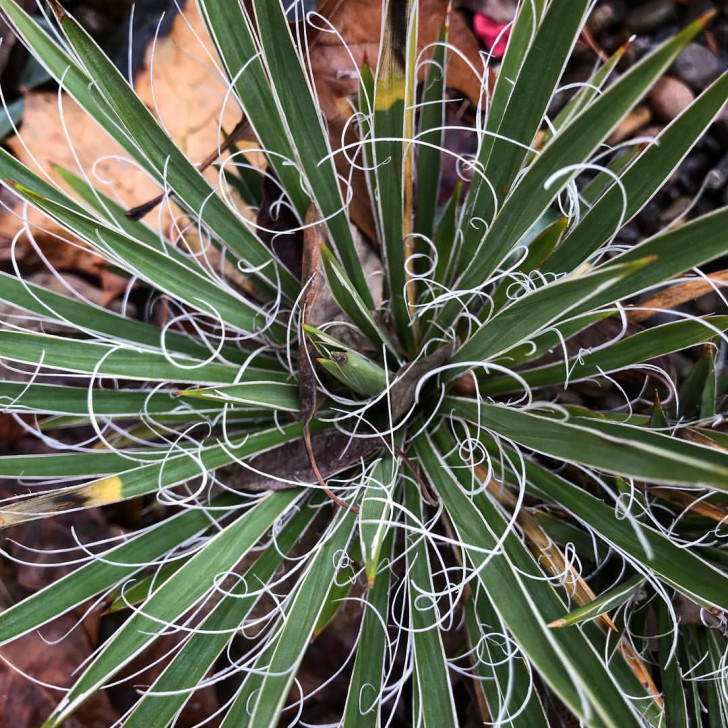
This is another Yucca, but smaller in stature. Yucca harrimaniae also produces beautiful flowers, and is characterized by the white, twisted filaments that grown on the leaves. Perfect for rock gardens or succulent flower beds, this plant prefers dry regions (including in wintertime) and well-draining soil.
Paradise plant (Caesalpinia gilliesii)
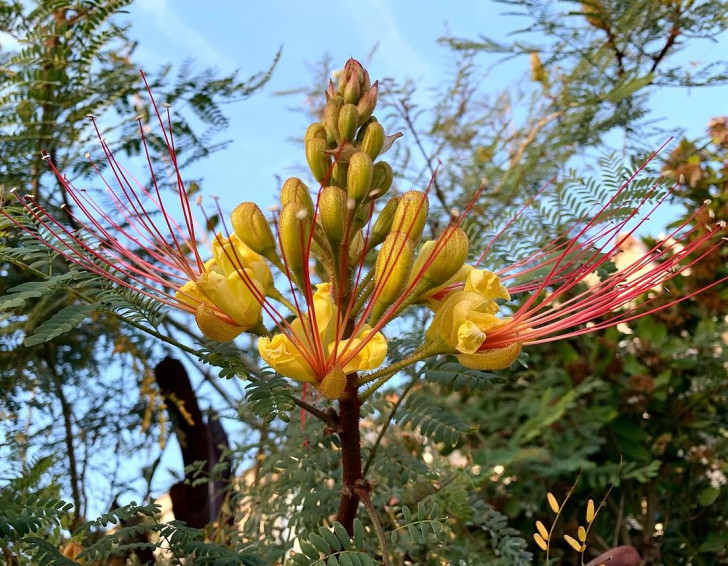
@juanjo_trujillocampos/Instagram
The defining feature of the Caesalpinia gilliesii, is its beautiful flowers. These flowers are so beautiful that it has the common name of the Paradise plant (and is also known as Poinciana). Native to South America, this plant grows to the size of a small shrub and can withstand temperature as low as -7°C. It blooms in summer to early autumn, but only when the plant is about 150 cm tall.
Ready to make your garden more self-sufficient and without sacrificing beauty?
